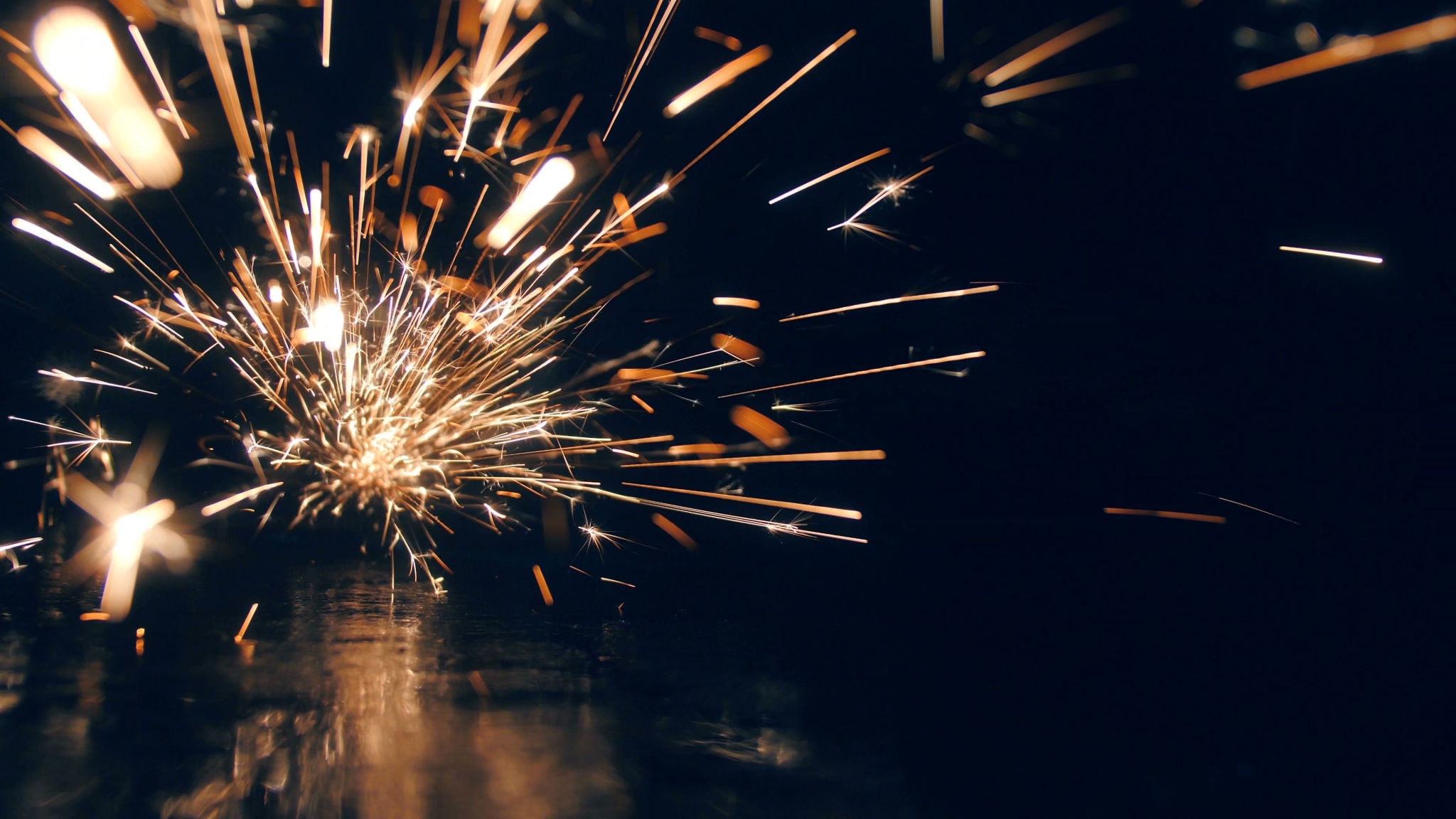DIY Welding Tips: A Beginner's Guide to Basic Repairs
Understanding the Basics of Welding
Welding is a versatile skill that can be incredibly useful for DIY enthusiasts. Whether you're looking to repair a broken gate or create a custom metal project, understanding the basics of welding is essential. Before you dive into your first project, it's crucial to know the different types of welding techniques, such as MIG, TIG, and stick welding. Each method has its own advantages and is suited for different types of materials and project requirements.
As a beginner, starting with MIG welding might be the most user-friendly option. It uses a wire feed to create a weld and is generally easier to control. Make sure to invest in a quality welding machine and safety gear, including a helmet, gloves, and protective clothing.

Setting Up Your Workspace
A well-organized workspace is key to successful DIY welding projects. Ensure your work area is clean, well-lit, and free from any flammable materials. A sturdy workbench and proper ventilation are also essential to maintain a safe environment. Consider using clamps to hold your materials securely in place while you work.
Having the right tools at your disposal can make a significant difference. Essential tools include a wire brush for cleaning metal surfaces, a hammer for shaping, and an angle grinder for smoothing out rough edges. Remember that preparation is crucial; properly cleaned and prepared surfaces weld better and result in a stronger bond.
Welding Safety Tips
Safety should always be your top priority when welding. The intense heat and light produced by welding can cause serious injuries if proper precautions are not taken. Always wear your safety gear, which includes a welding helmet with a shield, fire-resistant clothing, gloves, and steel-toed boots.
Be aware of your surroundings and ensure that there are no flammable materials nearby. Keep a fire extinguisher within reach and never weld in an enclosed space without adequate ventilation. Fumes produced during welding can be harmful, so it's vital to work in an open area or use an exhaust system if indoors.

Practicing Basic Welding Techniques
Before tackling any major repairs, practice basic welding techniques on scrap metal pieces. This will give you the chance to familiarize yourself with the feel of the welding machine and the process itself. Start with simple welds and gradually move on to more complex joints as your confidence grows.
Focus on maintaining a steady hand and consistent speed. Pay attention to the sound of the weld; a consistent humming noise usually indicates that you're doing it right. Don't be discouraged if your first few attempts aren't perfect—practice makes perfect.
Troubleshooting Common Issues
Even seasoned welders encounter issues from time to time. Common problems include welds that are too weak or too brittle, excessive spatter, or difficulty getting the arc started. These problems can often be resolved by adjusting the settings on your welding machine or by changing your technique.
If you encounter excessive spatter, try adjusting the voltage or wire feed speed on your MIG welder. Weak welds might be due to insufficient penetration, which can be improved by slowing down your travel speed or increasing the heat.

Understanding Different Materials
Different materials require different approaches when it comes to welding. Steel is one of the most common materials used in DIY projects due to its durability and ease of welding. However, if you're working with aluminum or stainless steel, you may need to adjust your technique and equipment settings accordingly.
Aluminum requires more heat than steel and tends to warp easily, so it’s essential to practice on scrap pieces first. Stainless steel needs precise control of heat input to prevent distortion and maintain its corrosion-resistant properties.
Finishing Touches
Once you've successfully completed your weld, it's time for the finishing touches. Use an angle grinder to smooth out any rough edges or excess material around the weld. This not only improves the appearance of your project but also ensures that it’s safe to handle.
If you plan to paint or coat your welded project, ensure that it's thoroughly cleaned and free of any debris or grease. A primer can help the paint adhere better and provide additional protection against rust.

Expanding Your Skills
As you gain more experience with basic repairs, consider expanding your skills by trying more advanced techniques or taking on larger projects. Joining a local welding class or online community can provide valuable insights and feedback from fellow enthusiasts.
Welding is a skill that opens up endless possibilities for creativity and problem-solving. With practice and dedication, you'll find yourself capable of tackling increasingly complex projects with confidence.
